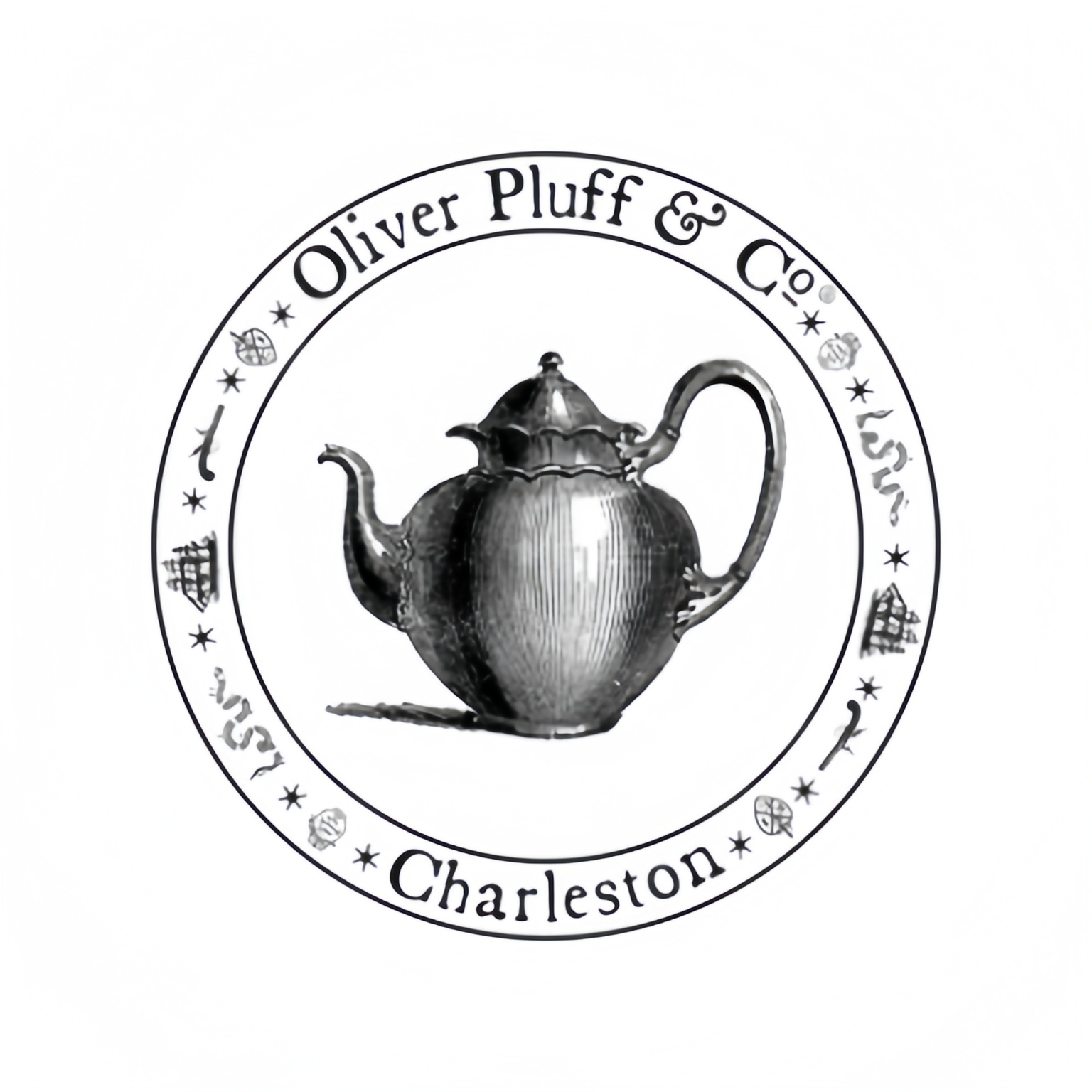Product Detail
The Yixing Lotus Flower Teapot: Traditional Chinese Tea Culture and Craftsmanship
The Yixing Lotus Flower teapot embodies the essence of traditional Chinese tea culture and craftsmanship. Made from the famous “purple clay” (Zisha) found only in Jiangsu Province, the elegant Yixing Lotus teapot combines utilitarian function with artistic beauty through the unique lotus-themed design. These teapots are more than functional for preparing tea—they are cultural art objects that demonstrates the culmination of centuries of refined craftmanship and cultural aesthetic.
Lotus flower, which stands for purity, enlightenment, regeneration, works perfectly with a beautiful curved and natural design of these teapots. Artists carefully form every product so that the lotus motif is beautifully completed on the tea pots, while maintaining a ergonomic design and the best tea brewing experience.
Application Scenarios Expansion
Which industries can use Fiberglass grating?
Tea houses and speciality tea retailers Yixing Lotus Flower teapots are displayed as beautiful showpieces and used to brew tea in tea rooms and speciality tea shops. They add authenticity to a traditional tea service and a give customers a unique chance to connect with tea culture in a meaningful way.
Hospitality and Luxury Hotels High-end hotels especially in Asia but increasingly internationally practice authentic tea ceremony with Yixing ware as a cultural experience for customers. The Lotus Flower design is particularly prominent due to cultural and aesthetic significance.
Cultural Institutions and Museums Collecting and showcasing these teapots in museums and cultural institutions specializing in Asian art, ceramics, and tea culture; ensuring their educational function while preserving heritage craft techniques.
Interior design and home décor Interior designers use these pieces as feature items in Asian-inspired spaces or with clients who like artisan wares.
Gift and Souvenir Market As premium gifts that represent Chinese culture, these teapots are sought after for corporate gifting, diplomatic exchanges, and special occasions.
What Common Problems Can Be Solved?

FAQ: Frequently Asked Questions

Selection/Comparison Suggestions
When we consider a yixing lotus Flower teapot, it is necessary to find out what makes them different from other teawares plays.
Comparison of Teapot Materials and Their Properties
| Feature | Yixing Clay (Zisha) | Porcelain | Glass | Ceramic (Glazed) | Silver |
| Heat Retention | Excellent (9/10) | Moderate (6/10) | Poor (3/10) | Good (7/10) | Excellent (9/10) |
| Flavor Neutrality | Moderate* (5/10) | Excellent (10/10) | Excellent (10/10) | Very Good (8/10) | Good (7/10) |
| Flavor Enhancement | Excellent (9/10) | None (1/10) | None (1/10) | Minimal (3/10) | Moderate (5/10) |
| Durability | Very High (9/10) | Moderate (5/10) | Low (3/10) | Moderate (6/10) | Very High (9/10) |
| Thermal Shock Resistance | Excellent (9/10) | Poor (3/10) | Moderate (6/10) | Moderate (5/10) | Excellent (9/10) |
| Seasoning Capability | Excellent (10/10) | None (0/10) | None (0/10) | Minimal (2/10) | Moderate (4/10) |
| Maintenance Required | Moderate (6/10) | Low (9/10) | Low (8/10) | Low (8/10) | High (3/10) |
| Expected Lifespan | Generations (10/10) | Years (6/10) | Years (5/10) | Years (6/10) |
*Note: Yixing clay is initially more neutral but develops tea memory over time, which enhances compatible teas but may influence others.
Data Source: Evaluation based on ISO 14507:2018 (Ceramic and glass product standards) and PGI specifications for Yixing products from Jiangsu Province Protected Geographical Indication registry (http://www.cnipa.gov.cn/art/2020/7/1/art_2225_494.html)
Comparison of Different Yixing Clay Types
| Clay Type | Color | Tea Compatibility | Porosity | Heat Retention | Relative Value |
| Zini (Purple Clay) | Dark Purple-Brown | Dark Oolongs, Aged Pu-erh | Very High | Excellent | High |
| Hongni (Red Clay) | Reddish-Orange | Black Teas, Roasted Oolongs | High | Very Good | Medium-High |
| Duanni (Yellow Clay) | Yellow to Beige | Light Oolongs, Some White Teas | Medium | Good | Medium |
| Lüni (Green Clay) | Olive-Green | Green Teas, Light Oolongs | Medium-Low | Good | High |
| Zisha Hybrid Clays | Various | Depends on Composition | Variable | Very Good | Variable |
| Lotus Flower Special Formula | Balanced Purple-Red | Versatile – Oolongs, Pu-erhs, Black Teas | High | Excellent | Premium |
Data Source: Yixing Purple Clay Research Institute standards and Jiangsu Province Traditional Crafts Protection Association guidelines (http://www.jsscyxh.cn/standards/clay-classification-2023)
Cost-Benefit Analysis of Different Teapot Price Points
| Price Range (USD) | Craftsmanship | Clay Quality | Artist Reputation | Investment Potential | Recommended For |
| $30-100 | Basic machine-assisted | Variable, often mixed | Unknown/Factory | Minimal | Beginners exploring tea culture |
| $100-300 | Hand-crafted with some tools | Authentic but standard | Apprentice/Workshop | Low-Moderate | Dedicated tea enthusiasts |
| $300-800 | Fully hand-crafted | High-quality, certified | Established artisan | Good | Serious collectors, daily use |
| $800-2,500 | Master-level craftsmanship | Premium, aged clay | Well-known master | Very Good | Collectors, connoisseurs |
| $2,500+ | Museum-quality | Rare/historical clay | Famous master artists | Excellent | Investors, museums, connoisseurs |
| Lotus Flower Premium ($650) | Master hand-crafted | Certified Yixing Zisha | Recognized artisan | Strong | Dedicated tea lovers seeking quality and artistry |
Data Source: International Tea Culture Association market analysis and Chinese National Arts and Crafts valuation guidelines (http://www.caafc.org/market-reports/2024-teaware-valuation)
Actual Cases/Customer Stories
The Tea House Revival
Zhang Min, owner of San Francisco’s “Mountain Mist Tea House,” used our Yixing Lotus Flower teapots as the centerpiece of his business’ pivot. “When we decided to pivot towards offering authentic Chinese tea experiences, I knew we needed authentic Yixing teapots. The Lotus Flower design fit our desired aesthetic perfectly, while also providing us with the high quality brewing attributes we required. Again and again, we had guests commenting on the difference between tea brewed in these vessels, and what they were accustomed to. We now own a dozen Lotus Flower Yixing teapots of varying sizes, each specifically reserved for a certain type of tea. Our tea ceremony experiences have become so popular that we have to book slots at least two weeks in advance.” The Yixing teapots soon became a visual icon people began identifying with the tea house, with some customers eventually purchasing their own after developing an appreciation for the difference it makes in the quality of the tea brewed in it.
The Collector’s Perspective
“I bought my first Yixing Lotus Flower teapot five years ago. As an East Asian Studies professor and a tea collector of over 20 years, I’d been researching for months before finalising my decision. The lotus design appealed to me on a spiritual level, and I wanted something that would show deserved respect to the Da Hong Pao oolong that has helped me through the grind of everyday life. What surprised me was the how much the pot changed over the first year after I brought it home. Just by using it regularly, a slight lustre surfaced on the outside, while the inside seasoned perfectly to match my favourite tea,” said Dr. Emily Chen.
Since then, I have acquired three more Lotus Flower teapots for my collection, each used for different types of tea. The quality of the craftsmanship is identical in all cases – something that is very rare in today’s marketplace. My students always enjoy the demonstration of tea brewing and they marvel when I demonstrate the same tea brewed in different vessels and are actually able to taste the difference immediately with the pot from Yixing. Even my most inexperienced students!”
The Success of Corporate Gifting
Westward International Consulting needed memorable gifts for Chinese business partners that would both show an appreciation for Chinese culture and provide lasting value. Said Marketing Director Thomas Reynolds, “Finding just the right gift for our Chinese partners was difficult until we discovered the Yixing Lotus Flower teapots. We purchased twenty custom-boxed sets, each consisting of a teapot with matching cups along with a certificate of authenticity. The response was more than we could have hoped for.” One client, the CEO of a large manufacturing firm in Guangzhou, was visibly moved by the gift, explaining that his grandfather had been a collector of Yixing ware.
The cultural significance and heritage of the teapots conveyed our respect and commitment to the relationship better than any generic luxury item could have done. We still hear references to the gift in meetings two years on, and several of the partners have displayed the teapot in their offices.”
The Wedding Registry Story
Young couple Michael & Lin added the Yixing Lotus Flower teapot to their wedding registry to conceptually begin their life together: “As a Chinese-American couple, we were looking for ways to respect Lin’s cultural heritage, while inventing new traditions for ourselves. The Lotus Flower teapot felt like the perfect metaphor for our marriage – something beautiful growing from the merging of multilayered things. We registered for the teapot as our ‘one special thing’ alongside more traditional housewares.
What we didn’t expect is how central it would become to our everyday lives. We have a weekend tea ritual where we power down our devices and spend time focusing on each other. Brewing in our Yixing pot has become our favorite way to take a break and talk. It’s developed such a lovely patina, and like our relationship, it grows more beautiful with time and care.”
Tea Master Recommended
Renowned tea master Wei Ling Jin, who has trained tea professionals across Asia and Europe, explains why she specifically recommends the Lotus Flower design: “In forty years of tea practice, I have used hundreds of Yixing teapots. The Lotus Flower design is particularly outstanding not just for its beauty but for its functionality. The proportion and placement of the lotus ornamentation contribute to an ideal spout effect, while the mathematically ideal volume-to-surface-area ratio creates excellent heat retention.
“This is the design that I particularly recommend to my more advanced students when they are ready to make their first investment quality Yixing pot. The slightly wider base gives this pot stability in brewing, while the perfectly balanced handle allows for pouring control essential to the art of gongfu preparation. It is one of the few designs that compromises nothing in functionality to achieve artistic excellence.”

Conclusion
The Yixing Lotus Flower teapot is not just a tea brewing tool; it’s a symbol of centuries of cultural heritage, artistic mastery, and tea art philosophy. If you’re on the tea journey of your life, looking to expand your collection, or hunting for the most perfect gift, this teapot will unsurprisingly attribute more value and symbolism to its exceptional quality and cultural profundity than could most objects.
Each teapot tells a story — of the earth it came from, the craftsman who made it, and the tea traditions it’s tied to. As you bring this extraordinary item into your life, you step into that story as well, adding your own contribution to the ongoing chronicle of Chinese tea culture.


















Isabella Rossi –
Came fast and in pristine condition. The teapot is such a mix of traditional form and modern functionality. Color me impressed and thankful.